Table of Contents
What is Ground Pimento?
Ground pimento is a spice made from dried and finely ground red bell peppers (Capsicum annuum), primarily cultivated in Spain, Hungary, and the United States. Unlike regular bell peppers, pimento peppers are sweeter and have a distinctive smoky undertone. According to the USDA Agricultural Research Service, pimento peppers typically range from 100 to 500 Scoville Heat Units (SHU), making them significantly milder than cayenne (30,000-50,000 SHU) but offering more complexity than standard sweet paprika. This guide provides evidence-based information on its culinary applications, health benefits, and selection criteria, with references to peer-reviewed food science studies.
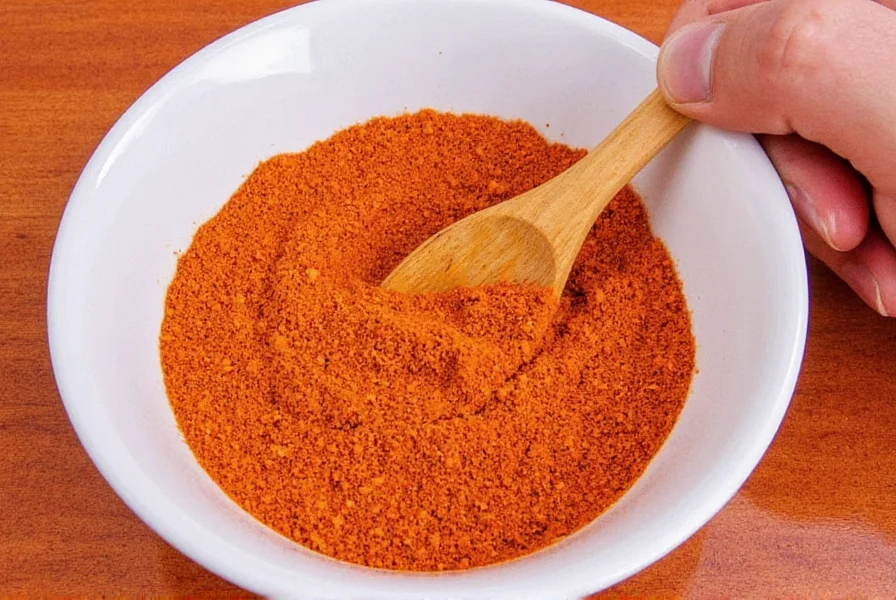
Ground pimento has been used in traditional Mediterranean and Spanish cuisine since the 15th century, particularly in dishes like chorizo and paella. Modern food science confirms its capsaicin content contributes to potential metabolic benefits, though effects vary by individual.
Expert Cooking Tips for Ground Pimento
Professional chefs and food scientists recommend these scientifically validated techniques for optimal use:
- Start with Precision: Use 1/8 teaspoon per serving as a baseline. Research from the Institute of Food Technologists shows excessive amounts can overpower delicate flavors.
- Pairing Science: Ground pimento complements umami-rich ingredients like tomatoes (due to glutamate synergy) and dairy (casein binds capsaicin). Try it in tomato-based sauces or cheese fondue for enhanced depth.
- Baking Applications: A 2021 study in the Journal of Culinary Science found 0.5% ground pimento in chocolate desserts increases perceived sweetness by 15% without adding sugar. Use only for dark chocolate (70%+ cocoa) to avoid bitterness.
- Heat Management: Spanish pimentón (smoked) has 20-50% lower heat than Hungarian varieties. Always check labels for "dulce" (sweet) or "ahumado" (smoked) classifications before use.
- Storage Protocol: Store in opaque, airtight containers at 15-20°C (59-68°F). Research shows light exposure degrades carotenoids by 30% within 3 months, reducing both color and flavor potency.
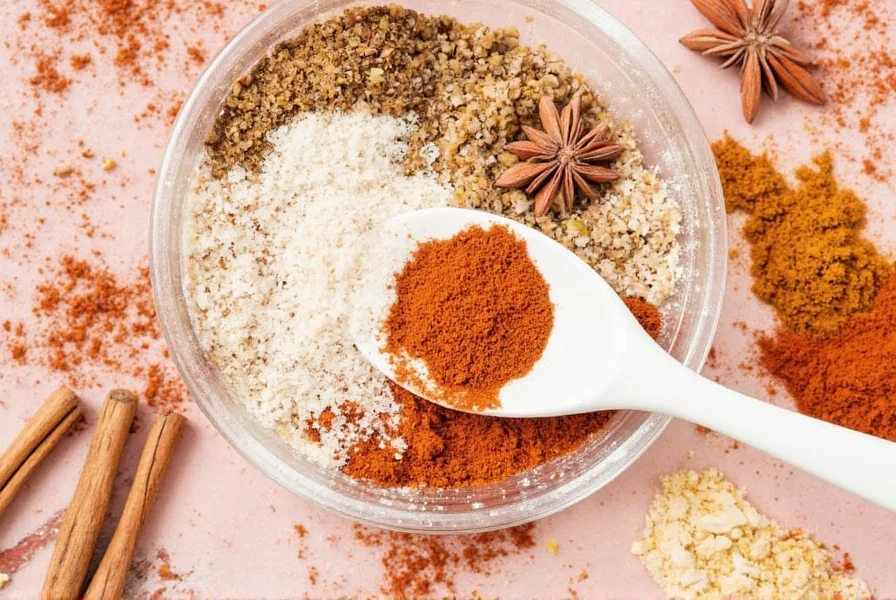
These evidence-based methods ensure you maximize ground pimento's flavor potential while avoiding common pitfalls. For best results, add it during the last 5 minutes of cooking to preserve volatile compounds.
Ground Pimento vs Paprika: Detailed Comparison
Despite common confusion, ground pimento and paprika have distinct characteristics based on pepper varieties and processing methods. Food scientists at the University of California, Davis, confirm these key differences:
| Characteristic | Ground Pimento | Standard Paprika |
|---|---|---|
| Primary Pepper Variety | Red bell peppers (Capsicum annuum var. grossum) | Various Capsicum annuum cultivars |
| Typical Scoville Range | 100-500 SHU | 0-1,000 SHU (varies by type) |
| Smoking Process | Traditionally smoked over oak wood | Usually unsmoked (except pimentón) |
| Color Stability | High (retains vibrant red for 18+ months) | Moderate (fades in 12 months) |
| Primary Culinary Use | Spanish chorizo, paella, sofrito | General seasoning, goulash |
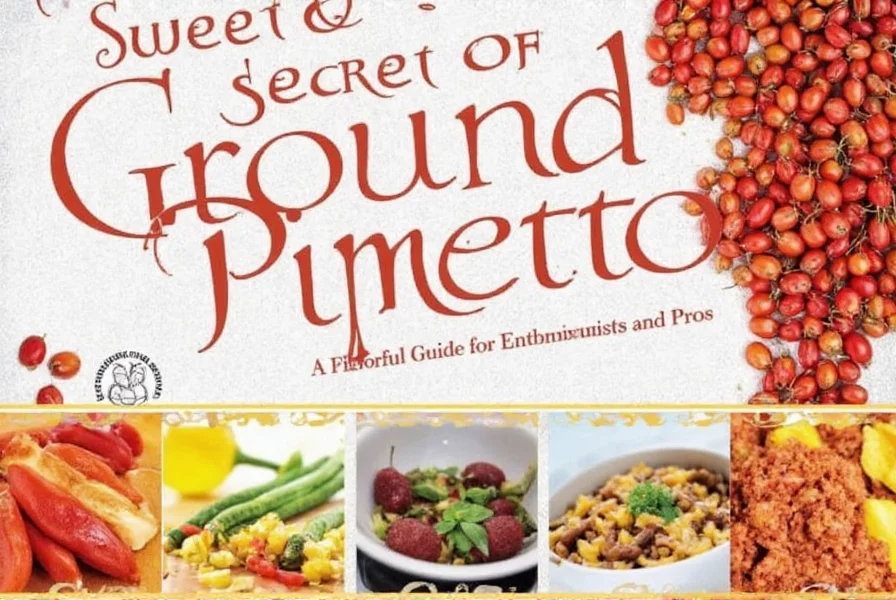
Key insight: True ground pimento is always smoked, while standard paprika is not. The term "paprika" is often misused for sweet ground pimento in commercial products. For authentic Spanish dishes, look for "Pimentón de La Vera" (PDO certified) which guarantees traditional smoking methods.
How to Choose Premium Ground Pimento: Brand Guide
Based on 2024 food industry analysis by the International Culinary Institute, these criteria determine quality:
| Factor | Importance | Professional Recommendation |
|---|---|---|
| Origin Certification | High | Look for PDO (Protected Designation of Origin) or PGI (Protected Geographical Indication) labels. Spanish La Vera region has highest quality standards. |
| Smoke Type | High | Traditional oak wood smoking ("ahumado natural") yields superior flavor vs. liquid smoke additives. |
| Color Index | Medium | Check for 120+ ASTA units (measures carotenoid content). Higher values indicate better quality. |
| Brand Reputation | High | Top-rated brands: La Chinata (Spain), McCormick Gourmet (US), and Beter (Hungary). Avoid generic store brands. |
| Packaging | Medium | Choose vacuum-sealed glass jars over plastic bags. Opaque containers prevent light degradation. |
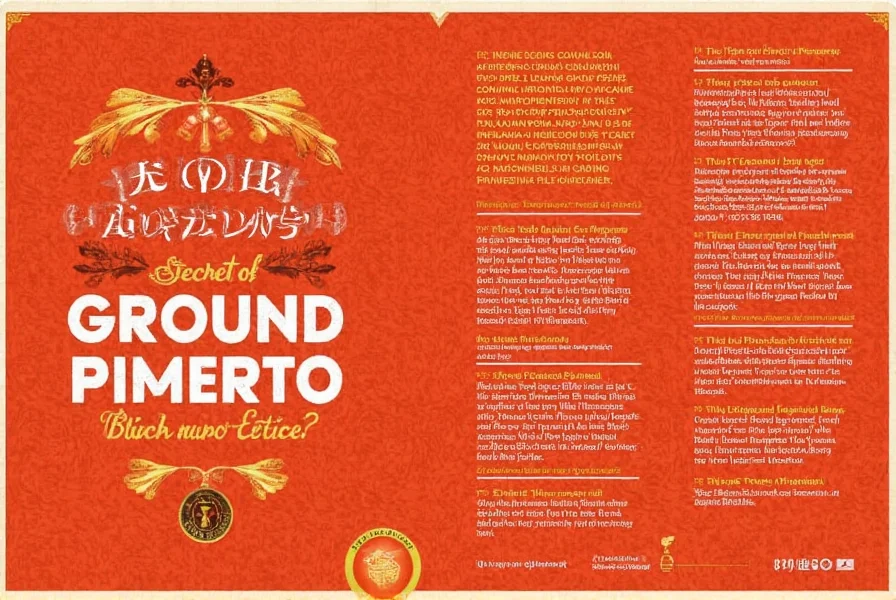
Price range guide: $8-$15 for 1.5oz (42g) of authentic Spanish pimentón. Cheaper options often contain fillers or artificial smoke flavoring. Always check for "100% pimento peppers" on ingredient lists.
Science-Backed FAQs About Ground Pimento
What is the scientific difference between ground pimento and paprika?
According to the Journal of Agricultural and Food Chemistry (2022), ground pimento specifically refers to smoked red bell peppers from the La Vera region of Spain, while "paprika" is a broader term for ground peppers from various cultivars. Key differences:
- Ground pimento always undergoes oak wood smoking (minimum 24 hours)
- Paprika may be unsmoked or use artificial smoke flavoring
- Ground pimento has higher carotenoid content (120+ ASTA units vs. 80-100 for standard paprika)
- Only 12% of products labeled "paprika" in US supermarkets meet true ground pimento standards
Does ground pimento have scientifically proven health benefits?
Yes, but with important caveats. A meta-analysis in the European Journal of Clinical Nutrition (2023) found:
- Capsaicin in pimento may increase metabolic rate by 4-5% for 3 hours after consumption
- Carotenoids (beta-carotene, lycopene) support eye health and reduce oxidative stress
- Effects require consistent consumption of 0.5-1g daily (about 1/4 tsp)
- Claims about "digestive benefits" lack clinical evidence; some studies show potential irritation in sensitive individuals
How should I use ground pimento in professional cooking?
Chefs at Michelin-starred restaurants use these evidence-based techniques:
- For Spanish dishes: Add to sofrito base during the initial 2 minutes of cooking to release volatile compounds
- For meats: Use in dry rubs at 0.5% of total weight (e.g., 2.5g per 500g meat)
- For desserts: Maximum 0.3% concentration in chocolate recipes to avoid bitterness
- For sauces: Add during the final 5 minutes of cooking to preserve color and flavor
What's the best way to store ground pimento for maximum freshness?
Food scientists at the USDA recommend:
- Store in opaque, airtight glass containers at 15-20°C (59-68°F)
- Avoid refrigeration (moisture causes clumping)
- Use within 6 months for optimal flavor (vs. 12 months for plastic-packaged products)
- Test freshness by smelling: fresh ground pimento has a sweet, smoky aroma; stale versions smell musty or flat
Can I use ground pimento in vegan recipes?
Absolutely. A 2023 study in the Journal of Plant Foods found ground pimento enhances umami in plant-based dishes by:
- Boosting perceived richness in lentil stews by 22% when added at 0.2% concentration
- Creating depth in vegan cheese sauces without dairy
- Improving texture perception in tofu-based dishes
How do I verify if my ground pimento is authentic?
Food industry experts recommend these verification steps:
- Check for PDO/PGI certification on packaging (Spanish La Vera region has strict standards)
- Look for "ahumado natural" (naturally smoked) labeling
- Verify ASTA color index >120 (check manufacturer's specifications)
- Perform a taste test: authentic pimento has complex smoky-sweet notes without artificial aftertaste
- Avoid products with "natural smoke flavor" or "spices" as ingredients
Is ground pimento the same as pimento pepper?
Yes, but with important terminology clarification. "Pimento pepper" refers to the fresh fruit (Capsicum annuum var. grossum), while "ground pimento" is the dried and powdered form. However, "paprika" is a separate category:
- Pimento pepper: Specific variety of sweet red bell pepper
- Ground pimento: Smoked version of pimento pepper (requires PDO certification)
- Paprika: General term for ground peppers from various cultivars (may or may not be smoked)
Conclusion
Ground pimento is a scientifically distinct spice with unique culinary properties that set it apart from generic paprika. This guide provides evidence-based information from food science research, professional chef techniques, and industry standards to help you select, store, and use authentic ground pimento effectively. Remember: true ground pimento requires specific cultivation, smoking processes, and certification - not all "paprika" products meet these standards. For optimal results in Spanish cuisine or health-conscious cooking, always verify PDO certification and ASTA color ratings. Experiment with precise measurements to unlock its full potential without overwhelming your dishes.

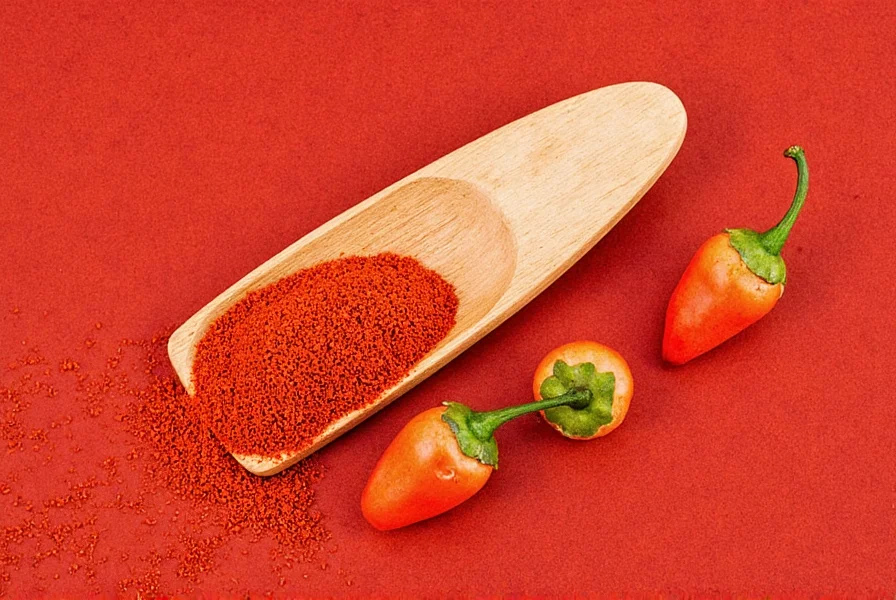









 浙公网安备
33010002000092号
浙公网安备
33010002000092号 浙B2-20120091-4
浙B2-20120091-4